The internet used to look like this:
But now it mostly looks like this:
I do not claim to be an expert in beauty or aesthetics, and you can debate which one of these is the better design. But only one of them has soul.
The internet used to be a collection of independent websites with their own style, or lack thereof. There were no fixed design guidelines. People had freedom of expression. The web was a canvas, and you could paint it however you wanted.
You could make a niche website for the sole purpose of talking about Cowboy Bebop, and give it the right aesthetic to fit the show.
Or you could make an interactive RPG experience using a ton of links and pages.
And then those web 2.0 social media gardens started to appear. They looked so bright and alluring from afar, so everyone went in for a look. By the time we realized that the garden was a tar pit, it was too late. We were stuck.
People started planting their seeds directly in the social media walled gardens, and abandoned the concept of making their own websites. The “indie web” began to fade away.
Now the walled gardens reign supreme. For most people, “the internet” refers to a small handful of websites that you never have to leave.
The internet is still beautiful
The beauty of the indie web still exists. It’s just not as discoverable as it used to be.
I mean, look at this thing:
And don’t even ask me what this is supposed to be:
These weird indie sites are still out there somewhere. And there are a few different projects working on discovery for the indie web: Marginalia, Wiby, href.cool, Sadgrl, Gossip’s Web. These are worth checking out if you want to see what the web looks like outside of the artificial bubble you’ve been stuck in.
But it’s not just about weird brutalist soul-infused designs. It’s about using the web as a fluid canvas for creative expression. The old web was limited in capabilities. But on the modern web, we have the ability to create powerful websites that interact with data and APIs.
Now you can make a globe interface where you can click on any spot and listen to a radio station in that part of the world.
You can mix lofi music with live air traffic control from any airport.
You can make crazy interactive visualizations to explain how things work.
You can make fun games to make people question their moral philosophy.
We still have the same freedom of expression as the old internet, but that expression is more powerful than before. The possibilities for the indie web are endless.
You can be creative in the realm of social media, posting images, videos, and text. But those forms of media existed long before the web. What’s interesting about the indie web is that you can use the web itself as a canvas to create things that couldn’t exist otherwise.
These indie sites exist, but they are a drop in the bucket compared to the sea of social media content we’re all drowning in.
AI And The Indie Web Renaissance
One of the biggest reasons the indie web is so small is that most people either don’t know how to code, or don’t have time to code. For every fun side project that gets built, there are a hundred more that didn’t get built because the person didn’t have the power to bring it to life. Even if someone knows how to code, it can be a large time investment to work on a side project idea.
But now we have the power to remove these barriers.
ChatGPT & friends are on the path to enabling anyone to write code. People who’ve never coded before can now build things, and people who already know how to code can build faster.
Anyone with a crazy idea will be able to paint that idea on the canvas of the web, leading to a renaissance of the indie web. It will be like the old internet, but with higher quality and more interesting things.
Some people think that AI will make all content and creativity worthless. Or that it will fill the internet with low quality spam and make everything unusable.
But I prefer to be optimistic. I believe that AI-augmented humans can create amazing, weird, fun, interesting websites, and make the web beautiful again.
If we believe that the web will be filled with low quality AI generated spam, then it will.
And if we believe that it will be filled with beautiful, interesting, quirky websites, then it will.
So let’s meme the outcome we want into existence.






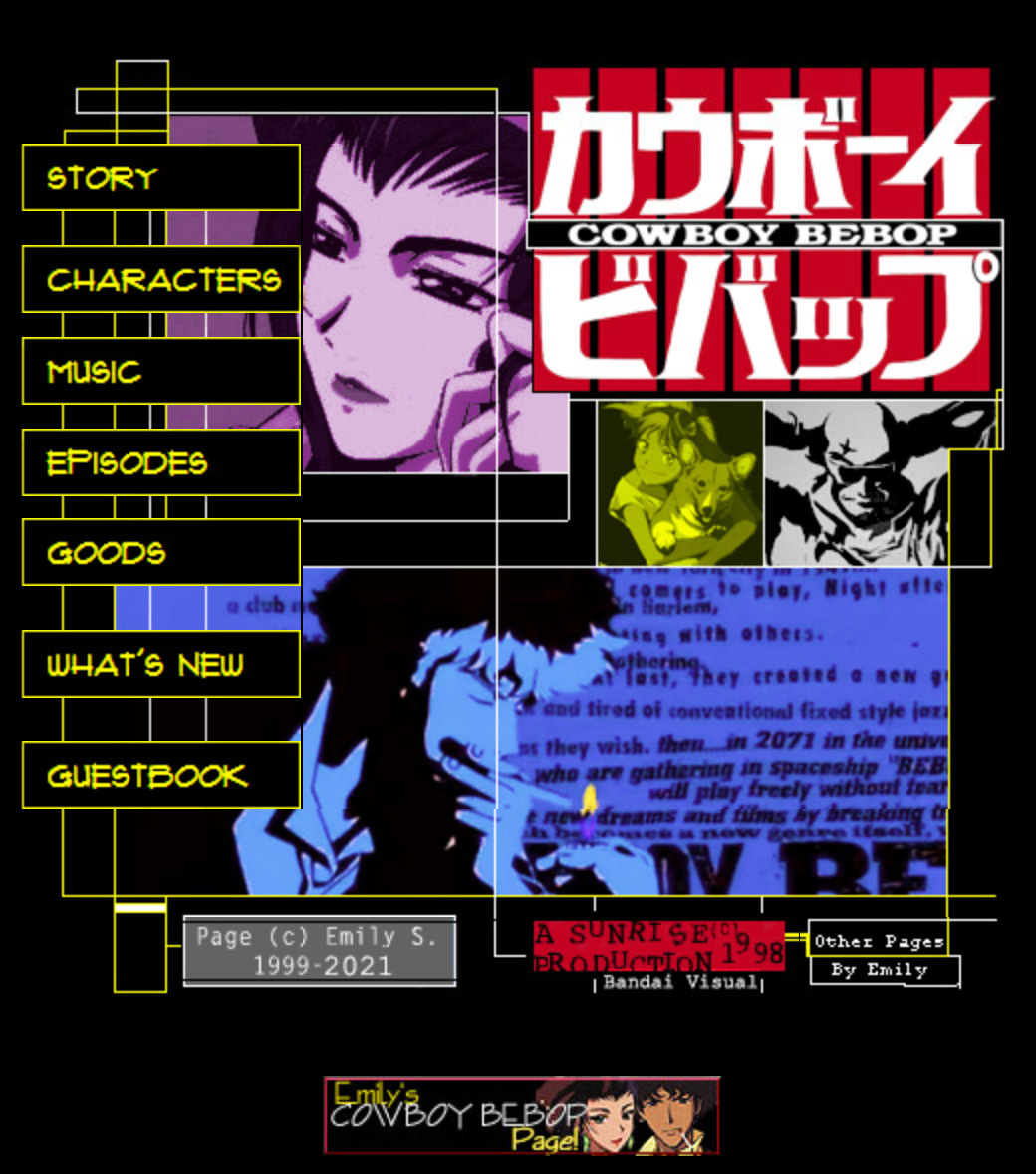

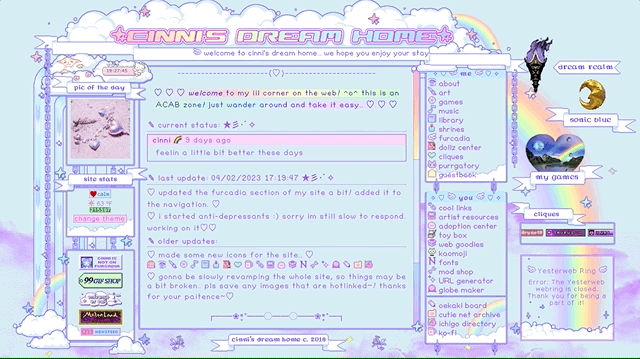
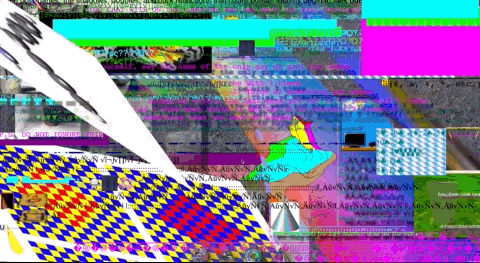
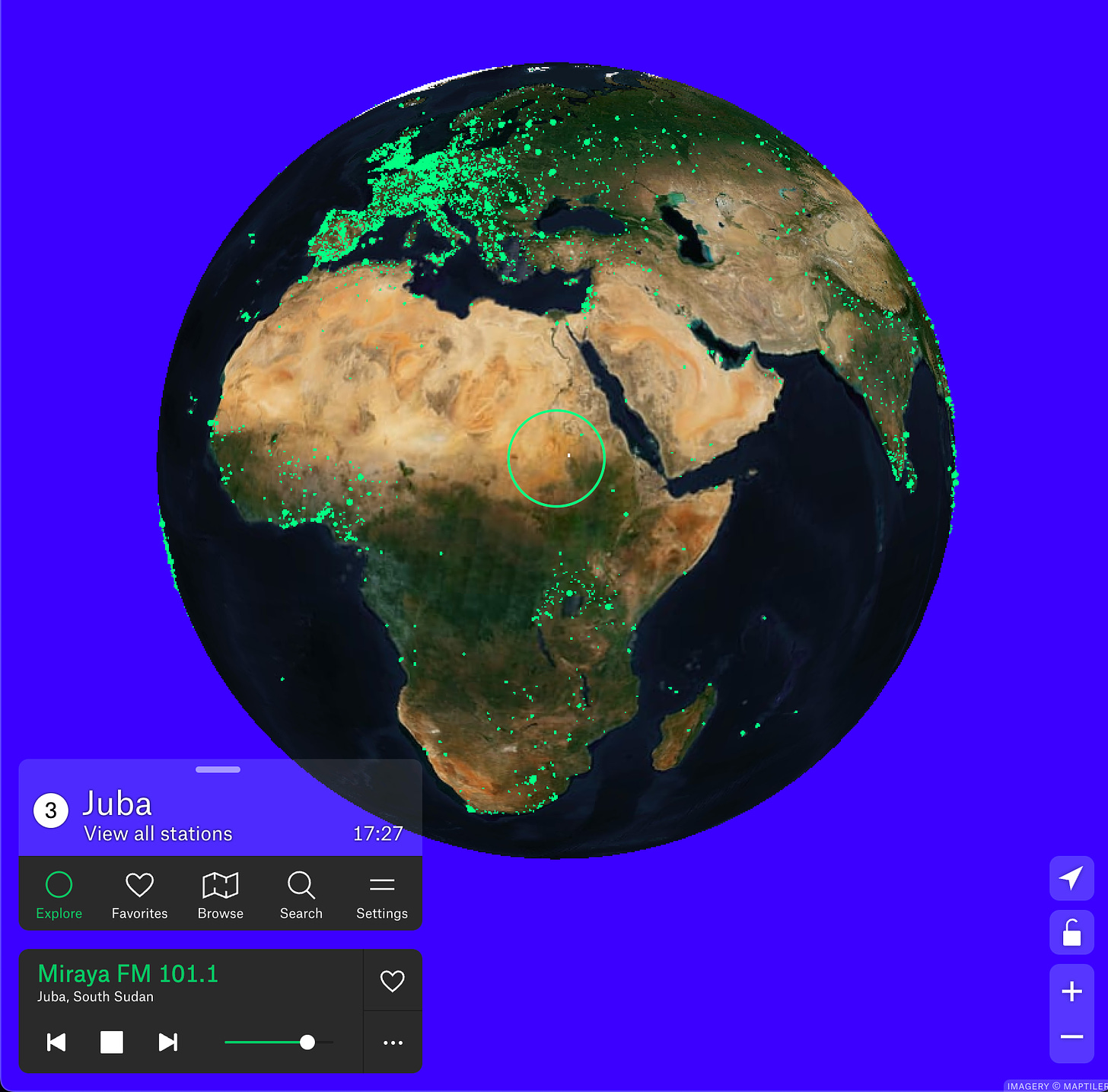

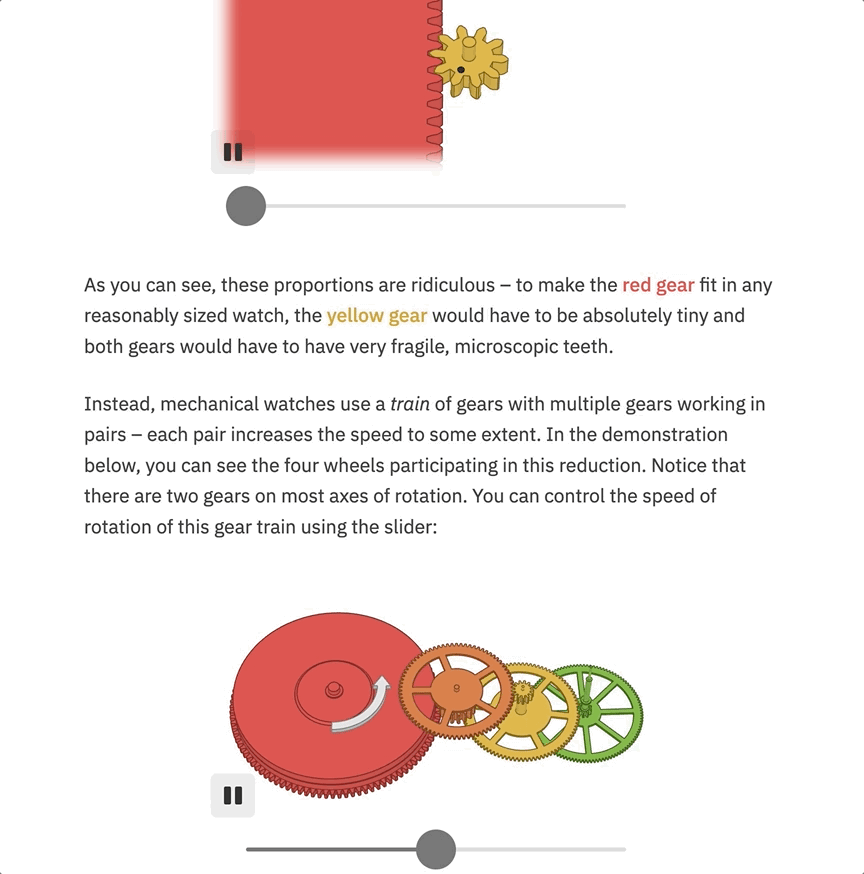

I'd be thrilled if you are correct and this comes to pass! Nostalgia for the strange, janky, and often wonderful older internet has a firm hold of me. I miss the experimentation of the Geocites era and how you could see the human fingerprints on most pages you loaded. Much of the magic arose from the sheer novelty of the web-- the shape of this strange, new beast wasn't yet clear. In some ways, the recent advancements in AI feel similar. There's a huge amount of potential there, everybody's trying to figure out how apply it, and if accesible tools are put in the hands of individuals, I'm similarly optimistic that we will see a new wave of personal creativity.